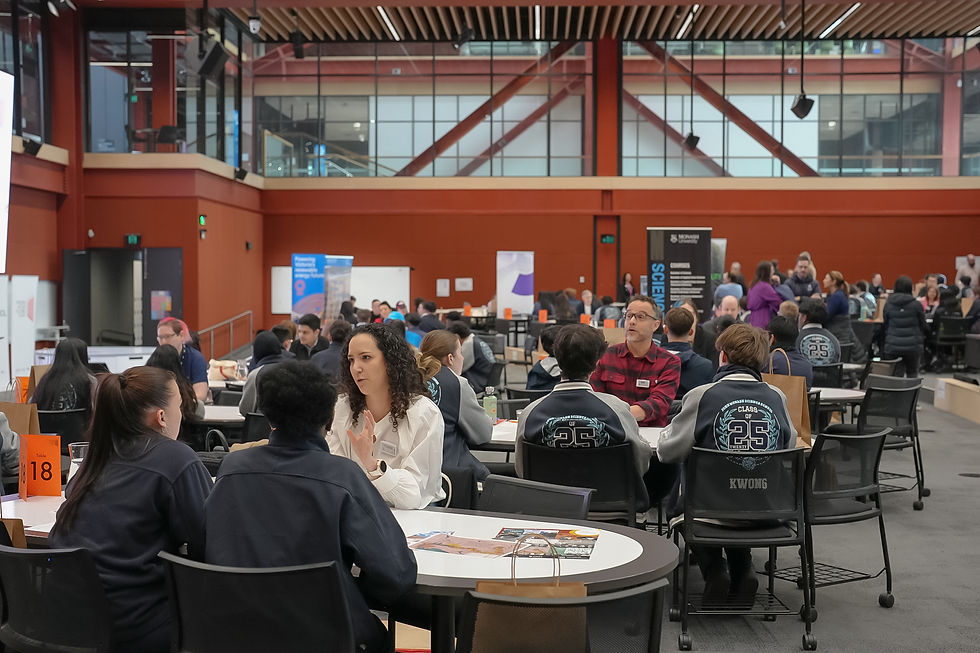HerPlace: Striving for gender equality in STEM
- Veronica Chia

- Jun 24, 2019
- 2 min read
Updated: Oct 16, 2020

Our society is constantly evolving and adapting, and as such, there has never been a more crucial time to ensure students are exposed to the wonders that can come from an education in science, technology, engineering and mathematics (STEM). Monash Tech School strives to create a space in which all students feel comfortable to explore and engage with the latest technologies, regardless of gender, race or background.
One of the prevalent issues in STEM is the lack of gender diversity. Statistics indicate that women make up only 12% of the workforce in prime STEM fields, those being careers which involve engineering, ICT, chemical and mathematical sciences, and technician work. This means 88% of these jobs are held by men. That is a huge difference in representation, which can contribute to the gender pay gap, enforce gender stereotypes, and discourage young girls from pursuing these professions.
Research suggests that this pattern emerges as early as primary school. Young people formulate expectations based on what they’ve been exposed to. Many young girls are unaware that they can pursue a STEM career simply because they do not know any women who have done it. If you think back on all the famous scientists, technology entrepreneurs or mathematicians you know, who do you come up with? Albert Einstein? Bill Gates? Pythagoras?
Are you noticing a trend?
It is rare for women in STEM to be as celebrated as their male counterparts, however this does not mean that they are not doing some wonderful work.
Monash Tech School is attempting to re-write this narrative. They are currently hosting a ‘HerPlace’ exhibition within their building. The exhibition includes a set of stations, each corresponding to a woman who is currently doing excellent work in STEM. The stations include videos of interviews with the women, a short description of their work, and material examples of what their research entails to help student comprehension. Some notable inclusions are Dr Amanda Barnard, the first woman to win the Feynman Prize in Nanotechnology, and Professor Jenny Grave, who was presented the Prime Minister’s Prize for Science for her work on genetics.
As a pre-service teacher at Monash Tech School, I was able to see first-hand the positive effect HerPlace is having on student conceptions. During break times the students were encouraged to walk through and interact with the exhibitions. Many were in awe of the achievements of the women, prompting questions regarding study paths and possible careers, and this was not limited to female students! Boys also expressed amazement at the broad range of pathways available for people who pursue a STEM education. Additionally, seeing real-world examples of experts in STEM helped students to contextualize the learning they were doing in class.
Raising awareness of the diversity of people in STEM fields is something that all institutions can aspire to. It encourages critical thinking and dispels common misconceptions surrounding the ‘suitability’ of certain groups to STEM studies. Hopefully, more institutions will get involved in movements like Herspace to promote equity in STEM education!
written by Lisa Gillbee





Comments